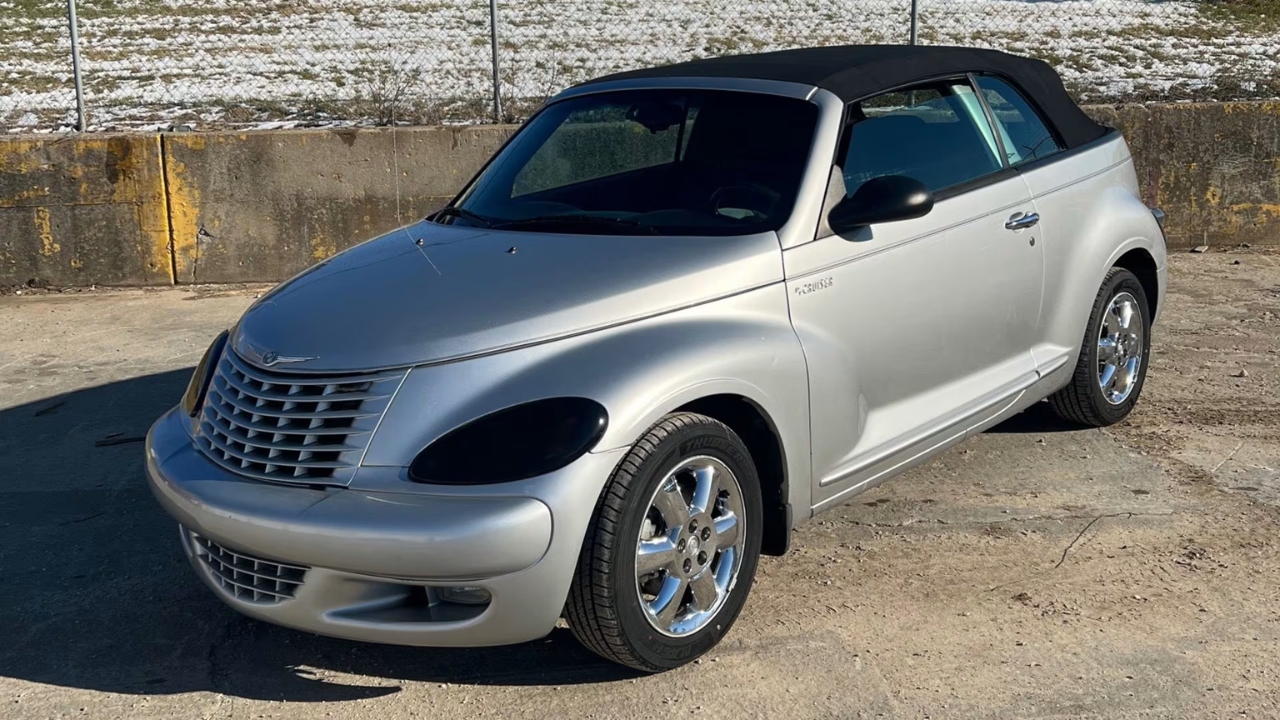Every car has its moment in the spotlight, but not all of them age like fine wine. Some models start off strong, turning heads and racking up sales, only to fade into obscurity as the years roll by. Whether it’s due to outdated designs, lackluster performance, or just a shift in public taste, these cars have lost the cool factor they once proudly sported.
We’re taking a look at 25 cars that, for one reason or another, just don’t have the same appeal they used to.
Fourth-Gen Ford Mustang
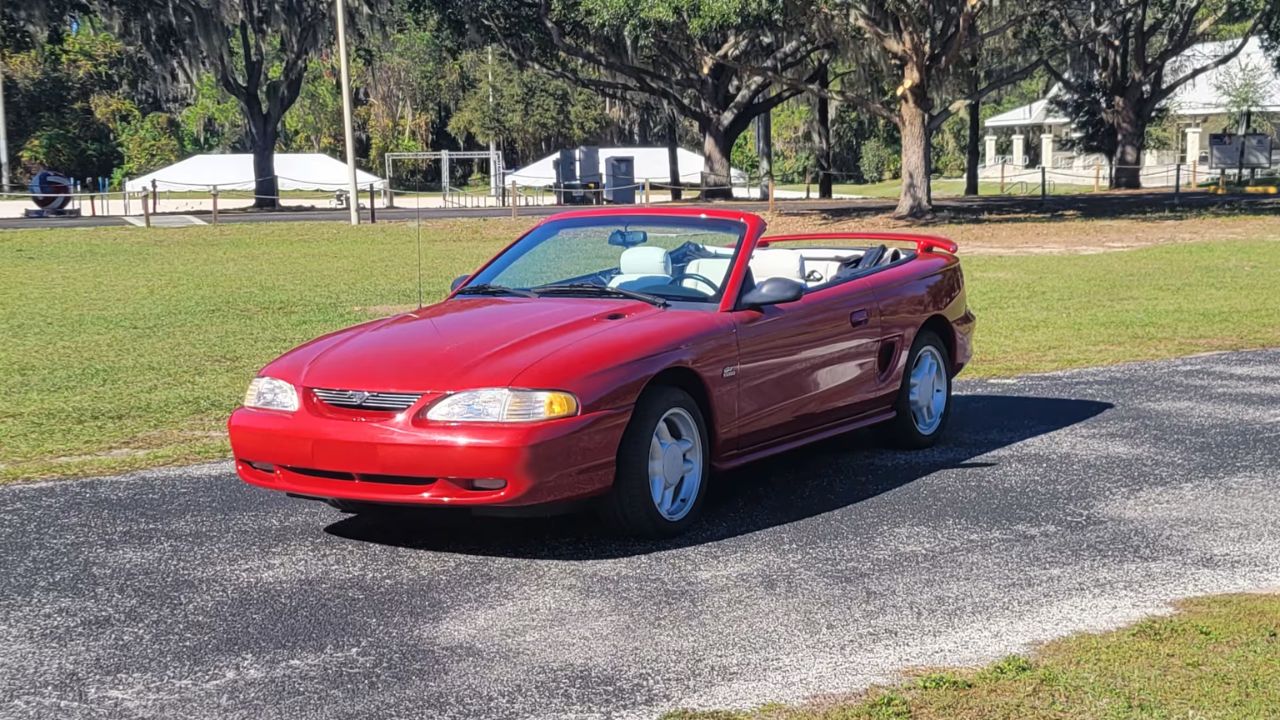
Back in the 90s, the fourth-gen Mustang rolled out, trying to shake things up after the Fox Body and the whole Probe mess. Ford was eyeing a new design era, but it seems like the fuel crisis hangover from the 80s got the best of them. The engines? Nothing to brag about. And that base trim with an automatic transmission? Not exactly what you’d expect from a Mustang. Fast forward to today, and this generation feels like it missed the mark, both then and now.
Dodge Stratus

The Dodge Stratus had the looks and was a blast to drive, but that’s where the good news ends. Build quality was a letdown, with problems like shoddy ball joints, transmission issues, crankshaft sensor failures, and oil leaks. It’s a shame, really, because it had potential. But in the end, the Stratus turned out to be more trouble than it was worth.
Chrysler Concorde

When Chrysler rolled out the second-gen Concorde in ’98, people were all about its looks. It had this unique, almost Aston Martin vibe that stood out. But good looks only get you so far. The Concorde was plagued with issues like oil sludge leading to engine failure, transmission problems, and paint that just couldn’t hold up. It’s one of those cars that had the style but not the substance.
Ford Taurus
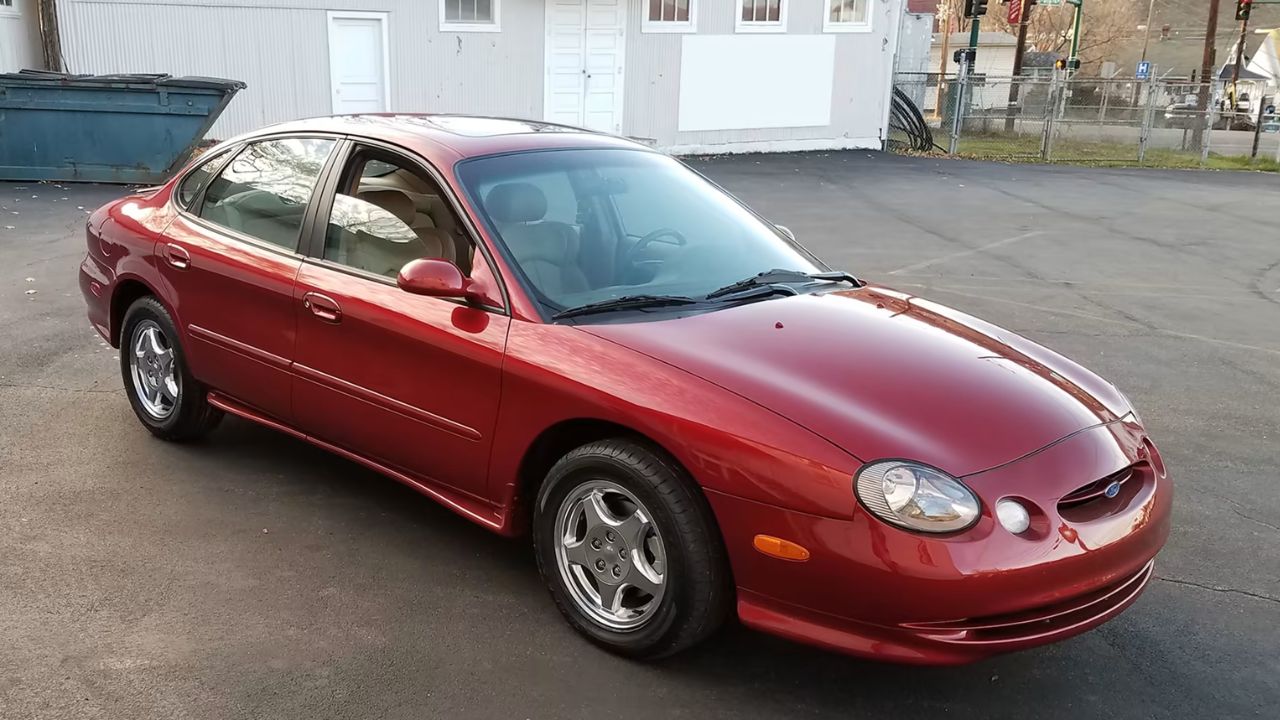
The Ford Taurus was everywhere in the 90s. It sold like hotcakes. But looking back, it’s clear it was just another dull sedan. Despite the massive sales numbers, you hardly see any Tauruses around these days. Why? Well, it turns out it doesn’t really mesh with anyone’s style anymore. It’s ugly. There, I said it.
Cadillac Catera

The Cadillac Catera hit the scene with big dreams, billed as the luxury sedan that would shake things up. It even had a catchy tagline, “the Caddy that zigs.” But let’s just say it zigged when it should’ve zagged. Performance was meh, and the repair bills? They were anything but entry-level. From timing belt tensioners to electrical headaches and cooling system nightmares, the Catera fell short.
The Land Rover Discovery was a straightforward 4×4 that introduced the Brits to the U.S. market. It had its charm, but let’s be real – it guzzled gas like there was no tomorrow. Reliability wasn’t its strong suit either, especially compared to the reliable imports from Asia that were gaining popularity. Nowadays, you can find a Discovery easily enough, but owning one means your wallet better be ready for some heavy lifting.
Kia Amanti

The Kia Amanti was an ambitious step into the premium car segment for Kia, eyeing the sophistication of Mercedes-Benz. While it had the Mercedes look on the outside, the inside told a different story. The ride was disappointing, and let’s not even talk about handling. Add in problems like a failing accelerator switch and a bad AC compressor clutch, and the excitement around the Amanti quickly faded into doubt.
Pontiac Sunfire
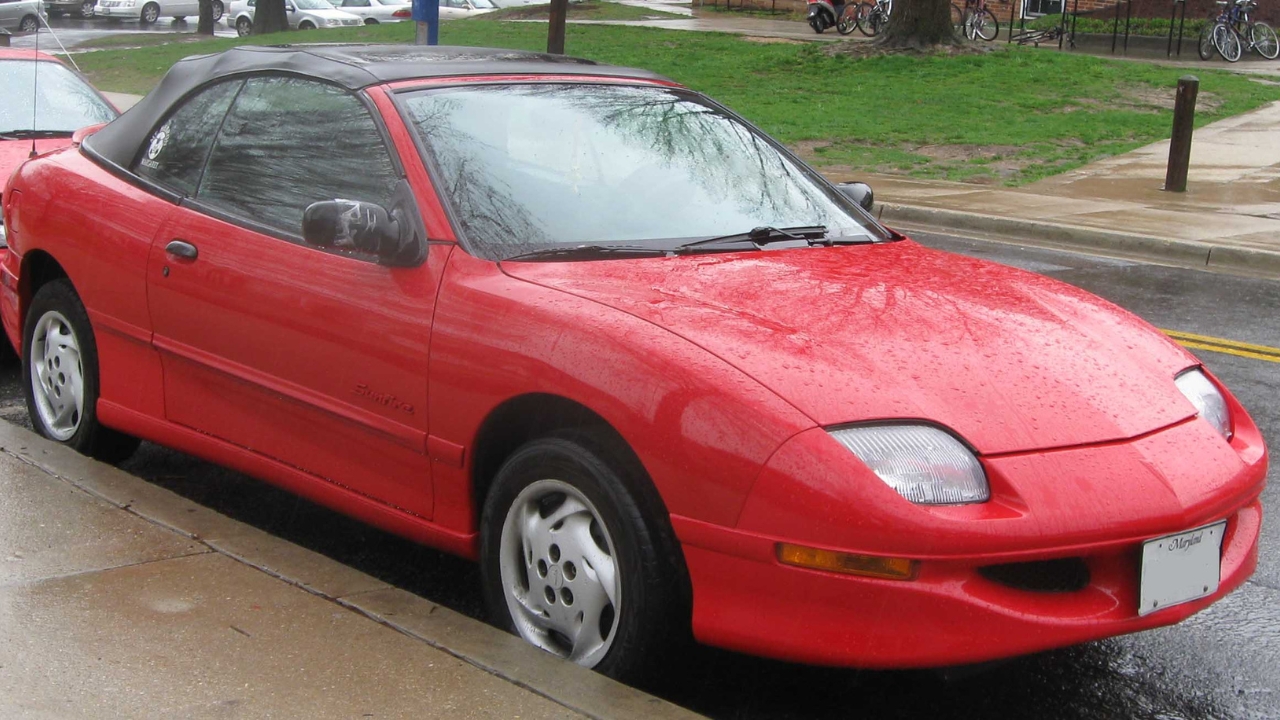
The Pontiac Sunfire was a fun little car in its day – sporty looks, cool name, and decent pep from its 2.4-liter engine. It was all about affordable fun. But that bold design? It didn’t age well. Those three-spoke alloys and mini spoilers quickly went out of style. The Sunfire’s descent from the spotlight is part of what led Pontiac to its early demise.
Oldsmobile Aurora

Oldsmobile was a legend, but by the time it closed shop in 2004, it was clear the end was near. The Aurora was part of its last-ditch effort, masquerading as a sporty sedan. But a front-wheel-drive car with a four-speed auto isn’t fooling anyone looking for performance. These days, the Aurora is practically forgotten, a footnote in Oldsmobile’s long history.
Geo Metro
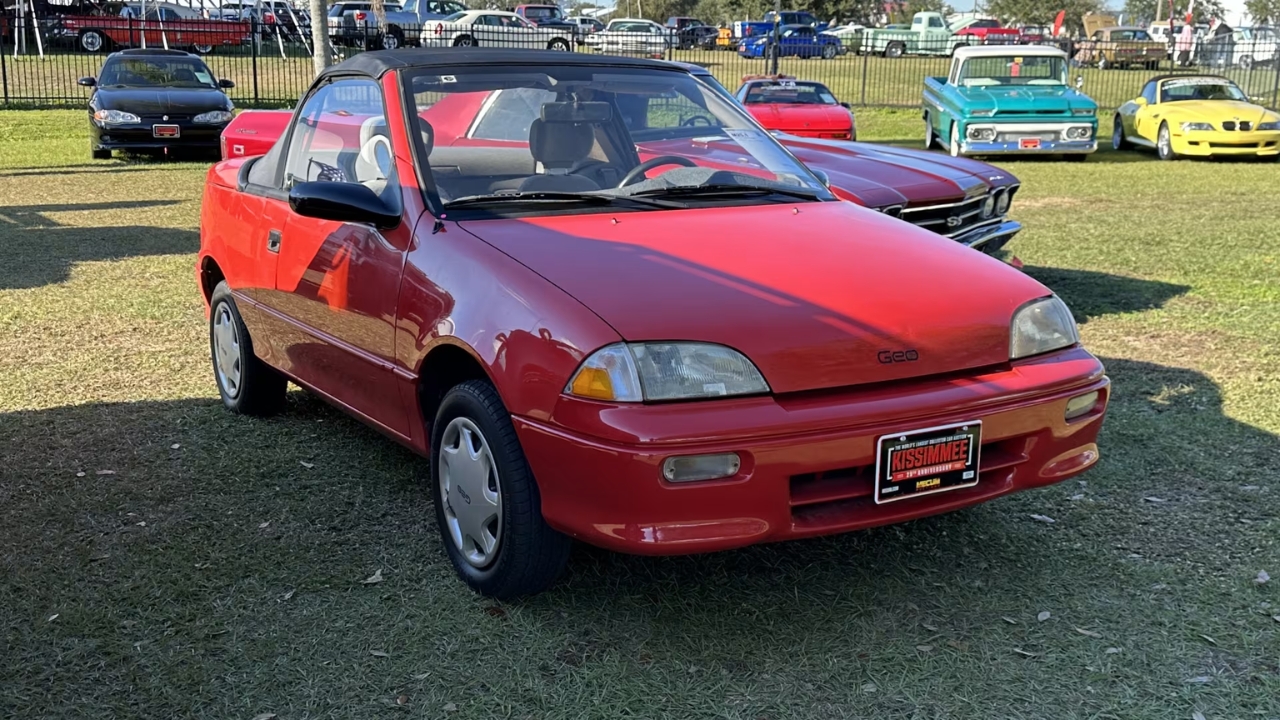
The Geo Metro is the poster child for 90s commuter cars. Tiny, underpowered, and built on the cheap, it became a running joke. Remember that Car and Driver piece where a few guys lifted it? That says it all. Driving a Metro today among modern vehicles isn’t just uncool, it’s downright risky.
Chevrolet Cobalt SS

The Chevrolet Cobalt SS was a pocket rocket with a 2.0-liter supercharged engine that punched way above its weight. Fast, fun, and hyped up, it had car enthusiasts excited. But as time passed, the Cobalt SS lost its shine. The design, which was a mix of plain and interesting, now just looks bland. It tried too hard to be sophisticated and ended up being overshadowed by simpler, more powerful rivals.
Honda Del Sol

In the 90s, Japanese car makers were killing it in the performance game. Then came the Honda Del Sol, which, let’s face it, was a bit of a letdown. It looked like it might be a mid-engined sports car but was really just a Civic in a party dress. Less practical and not nearly as fun as it could have been, the Del Sol is one of those cars that promised more than it delivered.
Spyker C8

The Spyker C8 was a breath of fresh air, a unique blend of creativity, luxury, and performance. It was bold, with a design that was both muscular and intricate. But time hasn’t been kind to the C8. What was once aggressive and original now seems cluttered and overdone. It’s like a fantasy car that’s lost its magic, a reminder that sometimes less is more.
Toyota MR2 Spyder
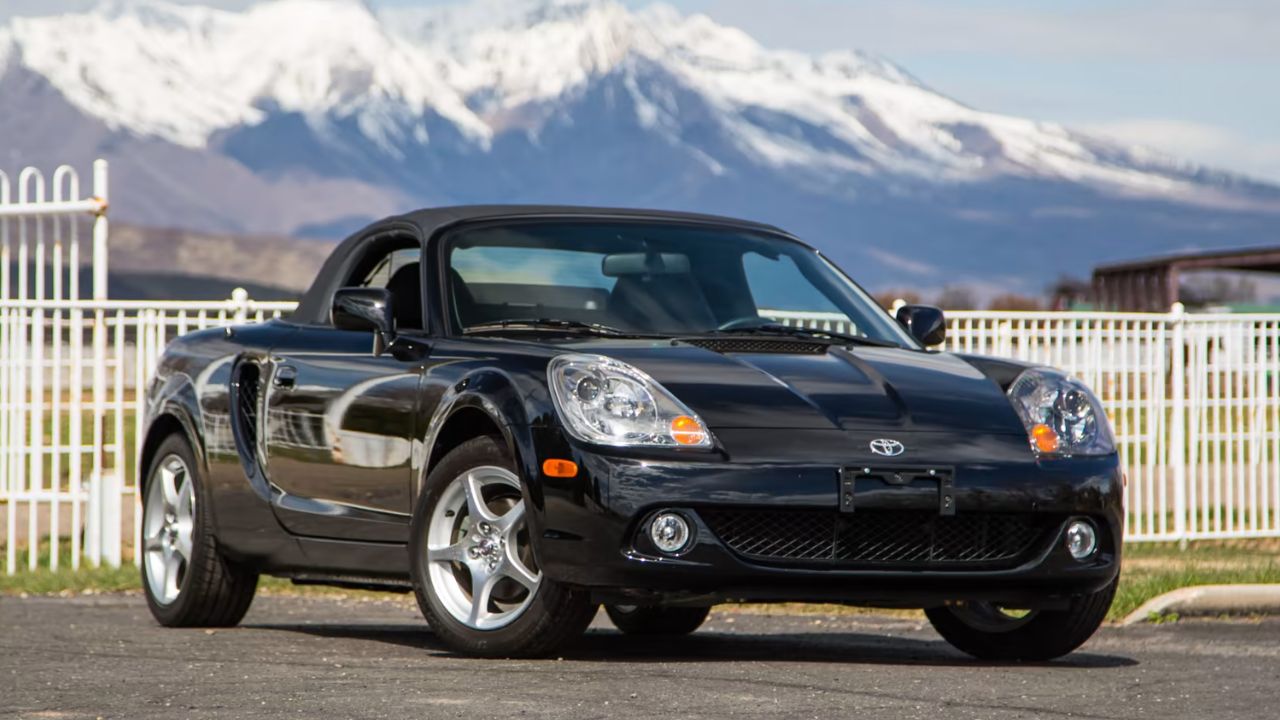
The Toyota MR2 Spyder was a nifty little sports car: light, agile, and fun to drive. But compared to its predecessors, it just doesn’t have the same charm. It’s like a poor imitation of a Porsche Boxster, lacking the charisma and classic appeal of the earlier MR2s. Available cheap these days, it’s a clear sign that it’s fallen out of favor.
Ford Thunderbird (11th Gen)
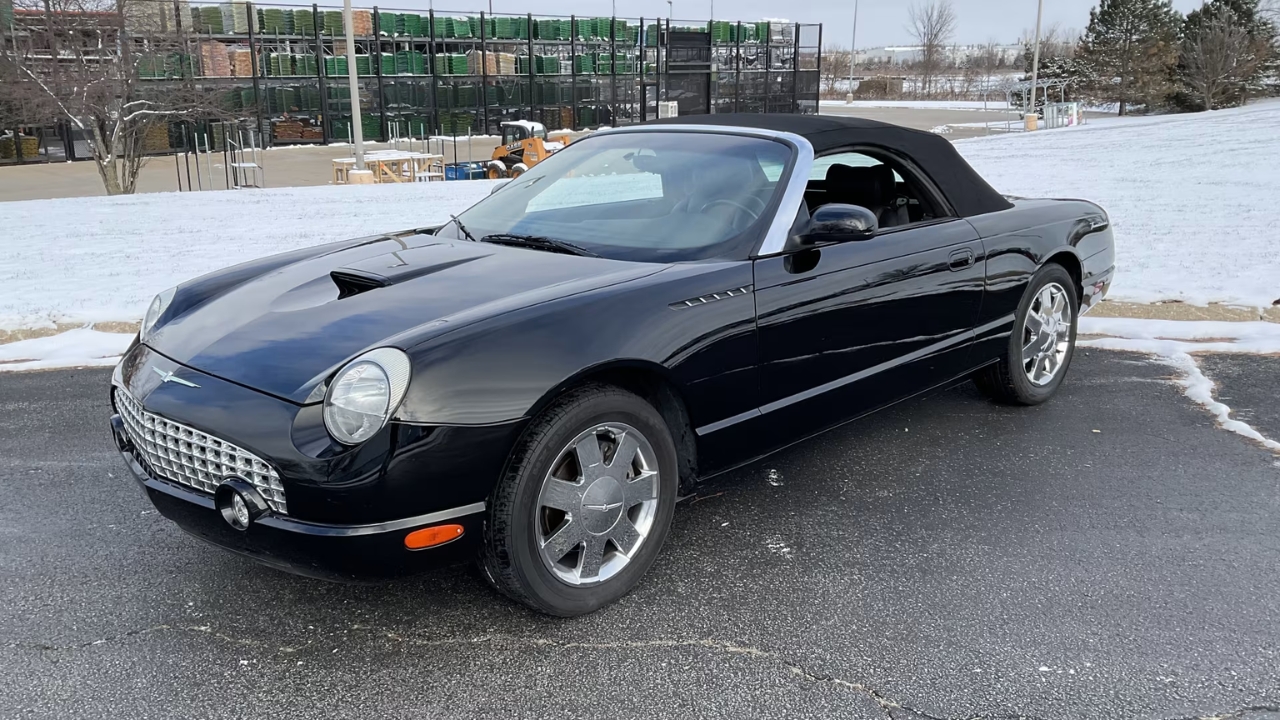
The 11th Gen Ford Thunderbird tried to cash in on the retro craze with its classy looks and V8 engine. But a closer look reveals a car that’s trying too hard. Chrome wheels, a gaping grille, and those porthole windows? It’s like a checklist of bad taste. The last Thunderbird is a perfect example of how some retro ideas should have stayed on the drawing board.
Mercedes-Benz S-Class W220

The W220 Mercedes-Benz S-Class had big shoes to fill, following the iconic W140. It impressed initially with its sleek design and advanced tech. But those same tech features became a maintenance nightmare. The W220’s legacy is tarnished by its reputation for being a headache to keep on the road, a far cry from the reliability of its predecessor.
Cadillac XLR

Cadillac’s attempt at a sports car gave us the XLR, a luxury spin on the Corvette with a hefty price tag. It shared the C6 Corvette’s platform but added a new look and upscale interior. But, it fell short in performance, especially given its price. Today, the XLR’s value reflects its unfulfilled promise – a rare car, but not a coveted one.
Chevrolet Monte Carlo
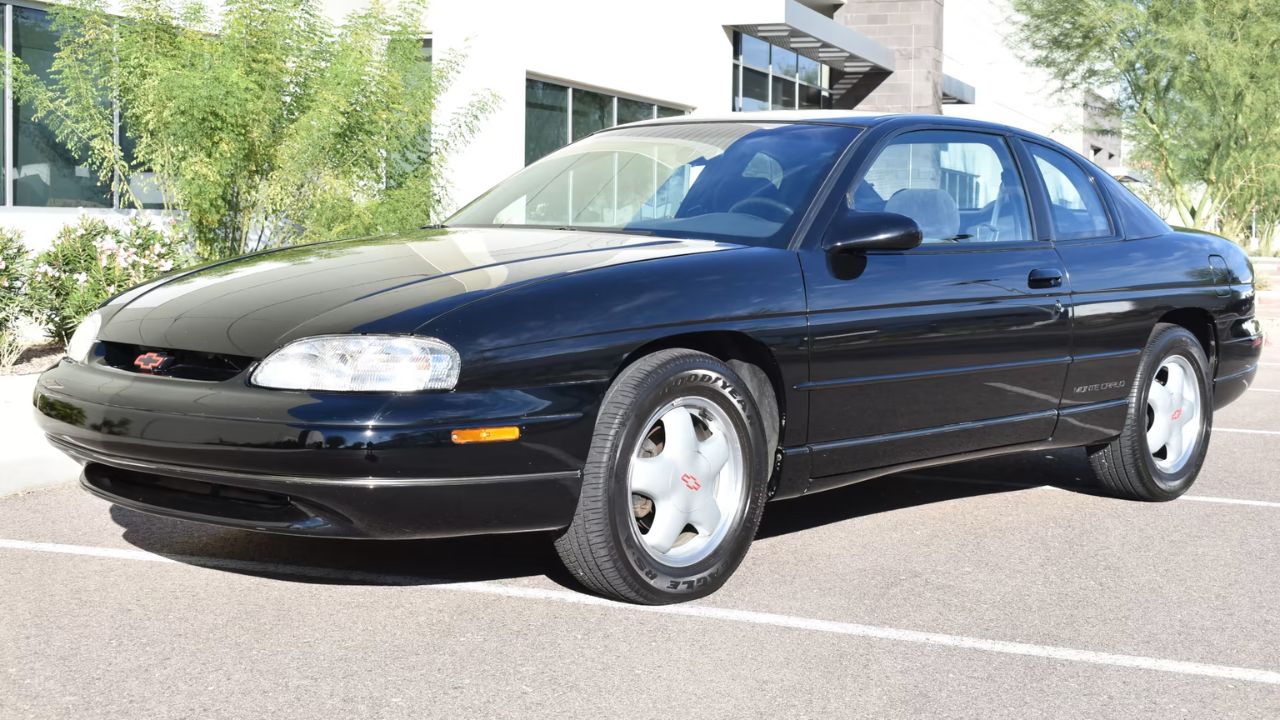
The Chevrolet Monte Carlo used to be a popular choice for anyone looking for an affordable and sporty coupe. However, as time passed, its design started to feel old and less appealing. The later models, especially, lacked the charm of the earlier versions. Today, the Monte Carlo is usually remembered more for its role in NASCAR than for its street cred.
Mitsubishi Eclipse

The Mitsubishi Eclipse was the go-to affordable sports car for a generation, but as Mitsubishi shifted its focus away from performance cars, the Eclipse lost its edge. The final generation, in particular, was a shadow of its former self – heavier, less sporty, and without the turbocharged engine that made the earlier models stand out. Today, it’s a reminder of what happens when a car loses sight of what made it cool in the first place.
Volkswagen Beetle (New Beetle)
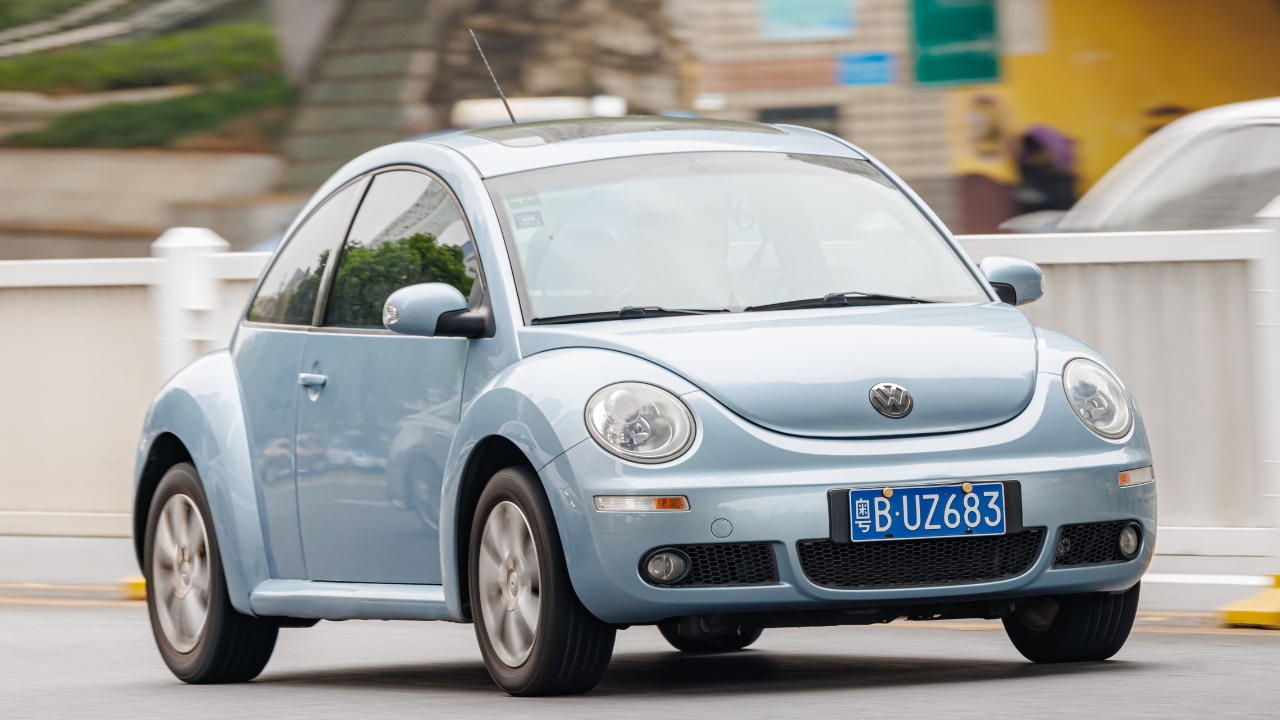
The New Beetle was a hit when it first came out, reviving the iconic design of the classic Beetle with a modern twist. However, over time, the novelty wore off. The design, once fresh and retro, started to feel gimmicky and overly cutesy. Its performance and practicality couldn’t quite keep up with the competition either.
Lincoln Town Car

The Lincoln Town Car was synonymous with luxury and comfort, a staple in the limousine and livery service industry. But as the years went by, its large, boxy design and soft ride became symbols of a bygone era of automotive luxury. The Town Car’s traditional approach to luxury began to feel outdated, especially compared to the more modern and dynamic offerings from other luxury brands. Now it’s more associated with airport runs than cutting-edge design.
Saturn Ion

The Saturn Ion was part of Saturn’s attempt to reinvent itself in the early 2000s. While it had some cool features, like the center-mounted instrument cluster, it ultimately failed to make a significant impact. The Ion struggled with quality issues and lackluster performance, and it couldn’t compete with the more established compact cars of the time. The demise of the Saturn brand only further sealed the Ion’s fate as a forgotten chapter in car history.
Saab 9-5

The Saab 9-5 was a quirky car, typical of the Saab brand. It offered a Scandinavian design and a range of turbocharged engines. But, as Saab struggled financially and eventually went out of business, the 9-5’s appeal sunk. Its once-innovative features and design started to feel dated, and the lack of brand support meant that the 9-5 became more of a niche choice rather than a mainstream competitor.
Plymouth Prowler

The Plymouth Prowler was a bold experiment in retro-styled design, with an open-wheel hot rod appearance. While it turned a few heads and generated some buzz in the beginning, its lack of performance – particularly the absence of a V8 engine – and practicality limited its appeal. We blinked and the Prowler’s cool factor waned.
Jaguar X-Type
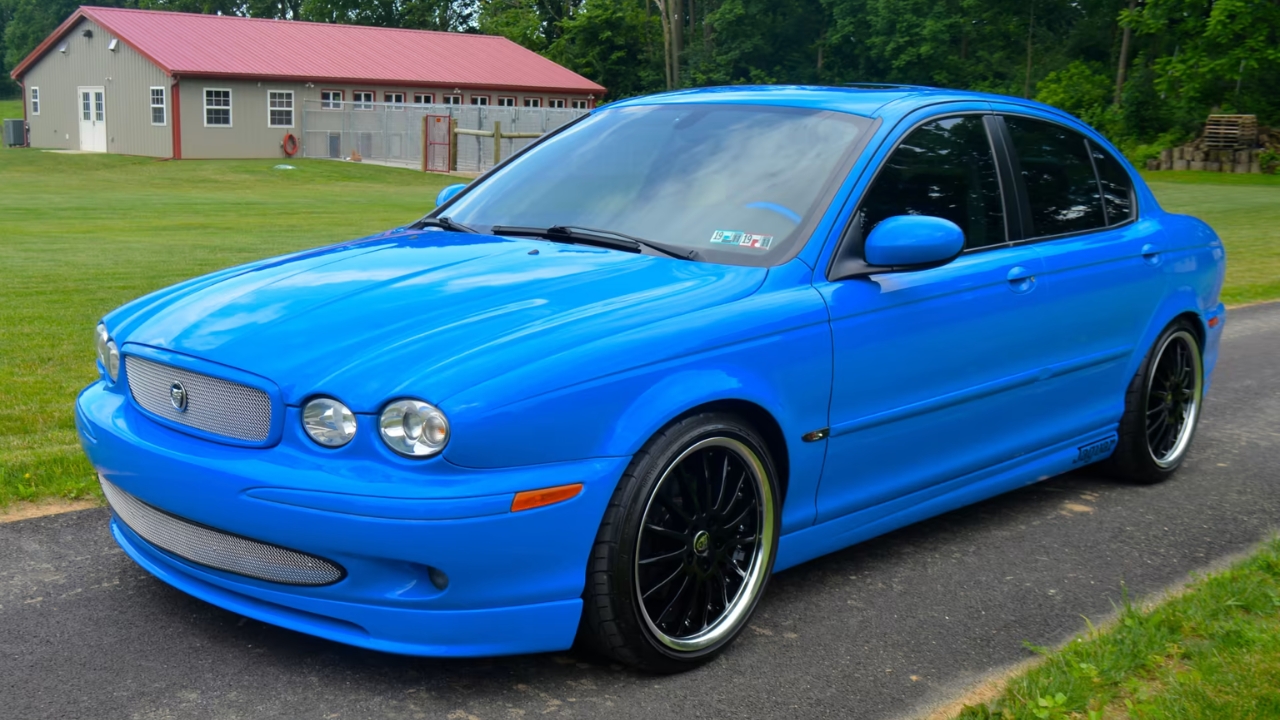
The Jaguar X-Type was Jaguar’s attempt to enter the compact luxury group, but it never quite lived up to the brand’s reputation. Based on a Ford platform, the X-Type lacked the refinement and performance expected from a Jaguar. Its styling didn’t age well either, and came off as more dated than classic. The X-Type is usually thought of as a misstep for the brand, a car that tried to blend luxury with affordability but didn’t fully succeed in either.
Chrysler PT Cruiser
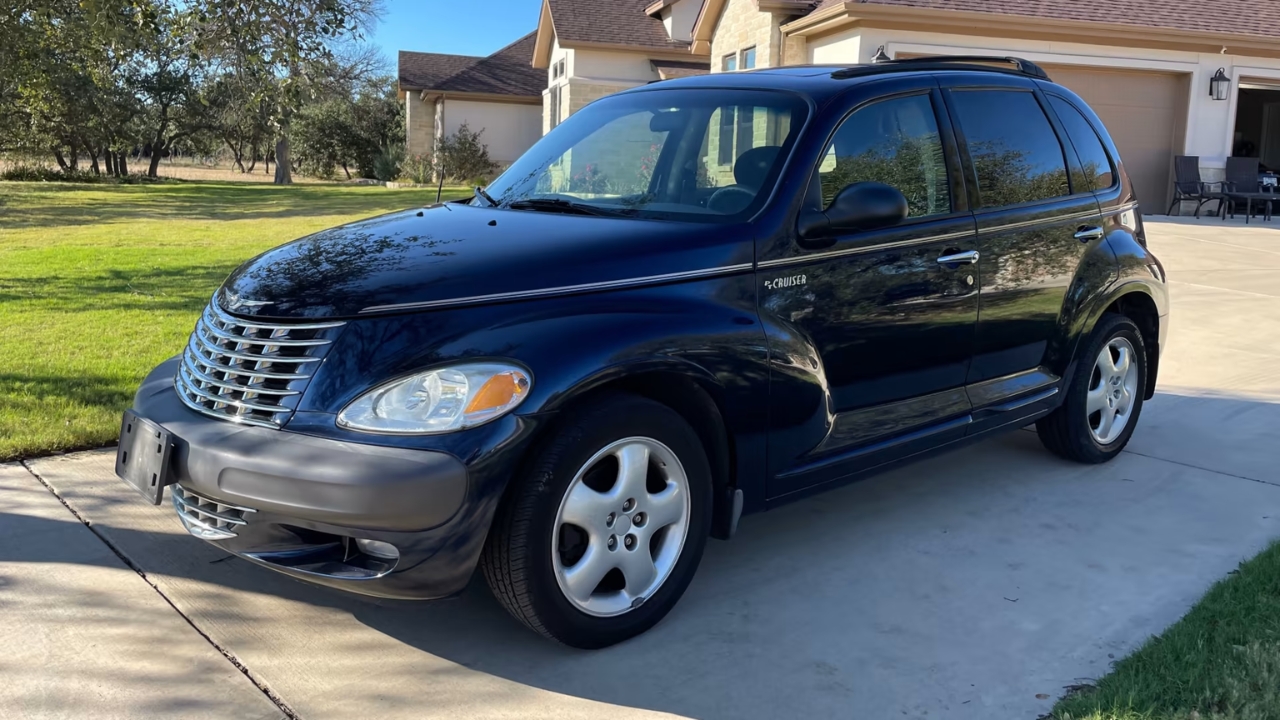
The Chrysler PT Cruiser was a hit when it was first introduced, with its unique retro styling. Yet, as the novelty wore off, the PT Cruiser’s shortcomings became more apparent. Its performance was underwhelming, and its build quality left a lot to be desired. After a while, the PT Cruiser went from being a cool car to a symbol of early 2000s automotive design that didn’t age well.
